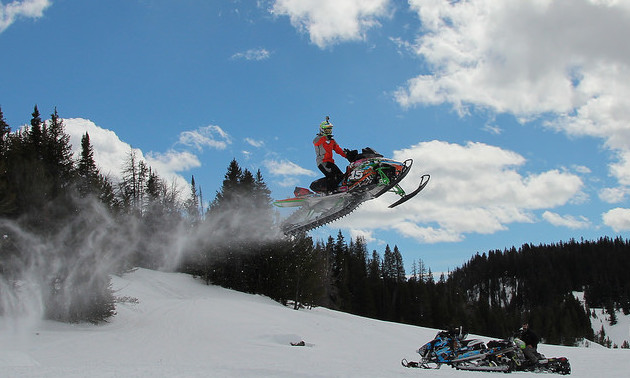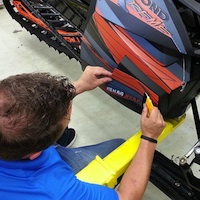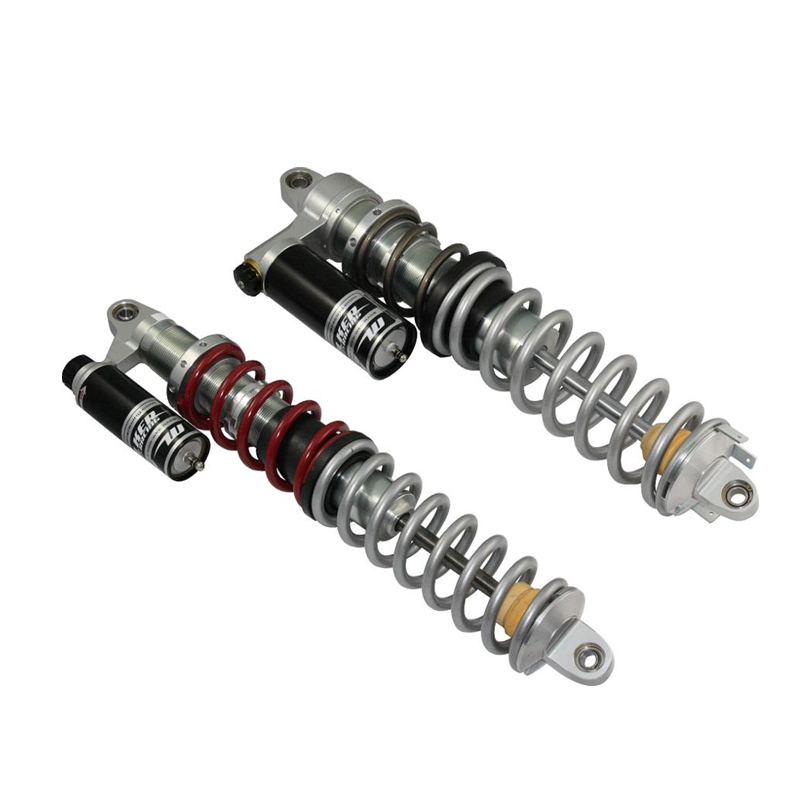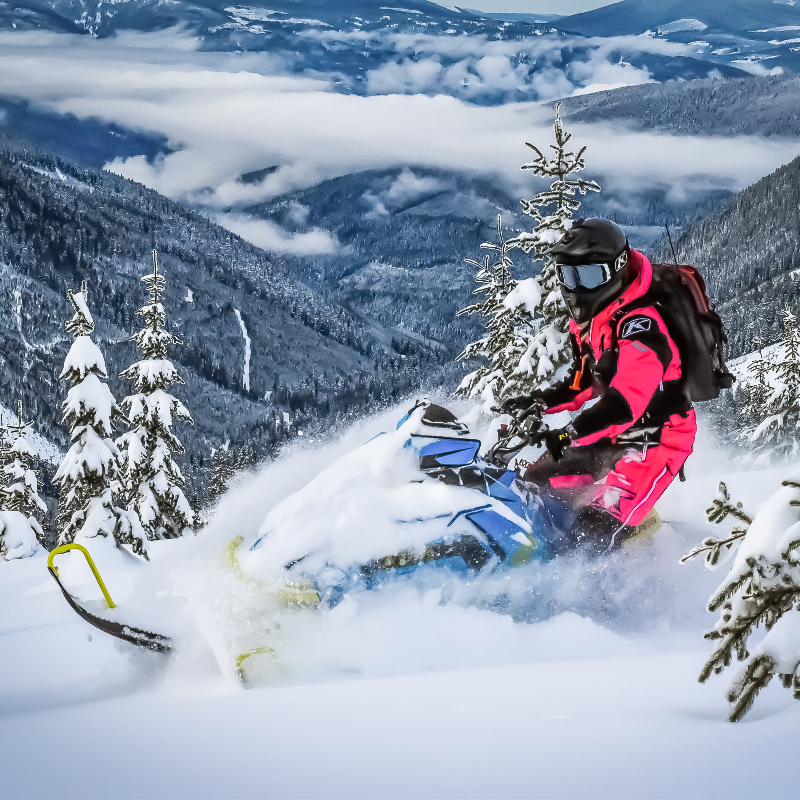For first-time riders, choosing your first snowmobile can seem like a daunting task. With so many makes and models to choose from, how can you be sure you are making the right decision?
Here are some tips to help take confusion out of buying a new snowmobile.
Budget items to consider
Identify your budget first and foremost, taking into account some of the extras you will need for your riding adventures ahead. If you are mountain riding, you must factor in a transceiver, shovel, probe and backpack. For all riders, good-quality snowmobile-specific outerwear is also a must. It makes no difference how great your snowmobile is if you are cold and miserable.
Also, factor in a club membership. You need to support those who work hard to preserve and maintain the lands used for riding.
Having a budget will allow you to narrow down options and help keep your expectations realistic. If you are a first-time rider, chances are having a turbo, big bore or supercharger is an unrealistic expense which could also prove dangerous if your skill level doesn’t match your horsepower. Save your money for the necessities before jumping into buying more horsepower.
Dealership support
When choosing a snowmobile, it is important to identify which dealership can provide the best support in your area, especially when purchasing a brand-new machine. Should you be in need of warranty or recall work, you do not necessarily want to be travelling hundreds of kilometres to have this done, most likely having to make the trek and drop your snowmobile off, only to return again when the work is done. Snowmobiling can be a fickle sport with periods of drought, then heavy snowfall. You absolutely don’t want to be wasting any valuable ride time if your machine is having a sleepover at a dealership a long ways away. Most towns and smaller communities have a local repair shop for access to OEM (original equipment manufacturer) parts when needed. Do your research and make sure that you have ample support for the brand of snowmobile you decide upon.
Trail-riding machines
There are big differences between snowmobile chassis offered in today's marketplace.
Trail-specific snowmobiles are for those who expect to be riding only groomed trail systems. These snowmobiles focus on cornering, with a smooth ride, and sometimes are available with two up seating from the factory.
Typically much heavier than deep-powder snowmobiles, they are designed strictly for on-trail use, as off-trail use could result in moments of massive stucks and frustration.
Deep-powder performers
Agile, light weight and full of performance oomph, deep-powder snowmobiles are designed for deep-powder adventure and aggressive performance. They are designed to be rode aggressively and will often overheat if used simply for groomed trail applications. Generally track lengths are longer than those of trail sleds to provide flotation in deep-snow situations. The Polaris Pro RMK, Ski-Doo XP and Arctic Cat M8000 are prime examples of performance mountain snowmobiles. Track length varies between 153 and 174 inches, with longer tracks providing more traction and flotation.
Crossover snowmobiles
Many manufacturers today understand that some riders, especially those from the flatlands, may spend a portion of their time in varied terrain. They have designed crossover snowmobiles that give the best of both worlds. Crossovers typically have longer tracks than do trail sleds, but short enough to provide a smooth comfortable ride on groomed trails. Suspension and rider position accommodate both on-trail and off-trail applications.
The Polaris Switchback line-up of snowmobiles is the perfect example of this type of technology. Rider position is balanced in a way that offers smooth sailing on and off trail along with excellent cornering applications. If you anticipate spending the majority of your ride time on trail or banging ditches with some time spent off trail, this would be an excellent choice for you. The Arctic Cat Crossfire and Ski-Doo Renegade are also crossover models of snowmobiles.
Hill climb sleds
With a wider front-end ski stance and a stiffer track, hill climb-specific snowmobiles are for those who love to go up . . . way up. Hill cross-style racers love these types of machines as they have a wider ski stance, creating extra stability in the front end, a beefed-up suspension and a stiffer aggressive track providing excellent traction. With the track length being around 153 to 155 inches, they can be used for basic boondocking although the stiffer track often lacks some of the flotation that regular mountain performance snowmobiles have. Hucking, dropping it huge and sending big jumps are a breeze for this style of chassis. The Arctic Cat HCR and Polaris RMK Assault are hill climb-racing models of performance snowmobiles.
Four-stroke versus two-stroke snowmobiles
It comes down to riding style and personal preference when choosing between a two stroke and four stroke. Four-stroke snowmobiles are heavier than are two strokes but require less maintenance. Two strokes have a snappier response and a higher power-to-weight ratio. Many who love to climb opt for a turboed four-stroke snowmobile which can run higher pounds of boost, creating the perfect chute-slaying machine. Four-stroke technology has come a long way in recent years, with Yamaha leading the pack. They are creating lighter machines in their four-stroke line-up that are snappier and more responsive, allowing riders to enjoy basic boondocking like their two-stroke buddies.
Although much banter is exchanged between brand-loyal enthusiasts, all will agree that it doesn’t matter what you ride, it’s that you enjoy each and every moment. Have fun, ride safe and be a shining example of what today's snowmobiler truly is.







